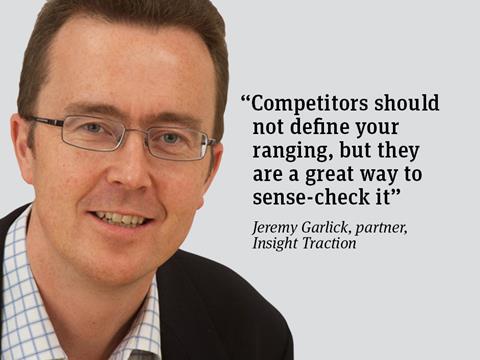
There has been a lot of talk recently about ‘less is more’ ranging, what with Tesco and Asda’s Reset activity. But the challenge of finding the perfect range has always been key to retailers, and to suppliers advising them. How do you find the sweet spot where the category range is small enough to make it easy to find and choose from, but big enough to offer something good for everyone? It isn’t easy and the answer will vary by retailer and format, but here are three principles that will help.
First, take a commonsense approach to thinking about consumer need and occasion. Know why your category is bought - the needs (eg: health, portability) and occasions (eg: lunch at home or weekday evening meal). Make sure you have something good for each need and occasion. Think about needs and occasions where the category doesn’t play but you are trying to stretch it (eg: low-alcohol beer), and make sure you have something good here too. Don’t overcomplicate it - you don’t need multiple options for the same need or occasion.
Second, think about price and premium. You will have shoppers who are highly price-aware. You need products at price points to keep them in your category and store. But you also want to offer something better at a higher price, with a higher margin, for those customers who want it and can afford it. Think about price point and premium across each need and occasion, and make sure you can tick all the boxes.
Thirdly, check competitors. They should not define your ranging, but are a great way to sense-check it. Look at every SKU they stock but you don’t, and ask a simple question. Is the need, occasion or price point that this meets, met as well or better by something in your range? If the answer is ‘yes’, then don’t worry. If it is a clear ‘no’ then steal or imitate with pride. If it is ‘marginal’, resist adding to your range, on the grounds of simplicity.
Through all this, you will require the discipline to make some commonsense calls on what is good enough. The temptation to cover every angle can lead you back to range overload. The wrong approach is to allow an extra line in ‘just to be sure’.
I haven’t talked about the role of data analytics. Retailers periodically talk excitedly about how this aids ranging decisions. The fact though that some of these retailers seem to blow hot and cold on this, though, makes me advise caution. If you can get the data, then do so. But before investing heavily, ask for examples of the data being used in other categories, and the results.
So think about need, occasion, price point and premium, check the competition and be brave enough not to ‘double up’. That’s the way to finding the sweet spot, and a winning range.
Jeremy Garlick is a partner of Insight Traction







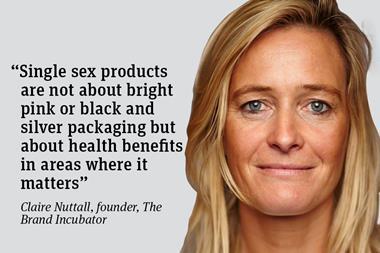
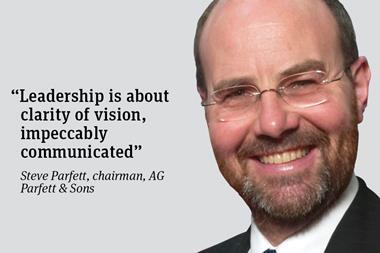


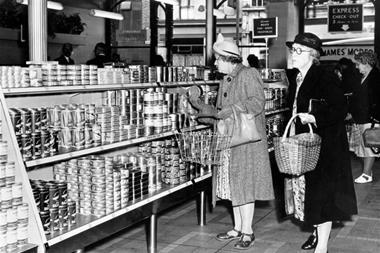
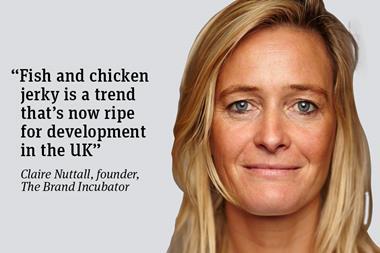



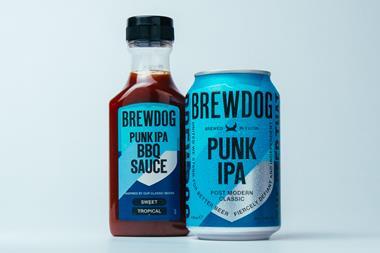

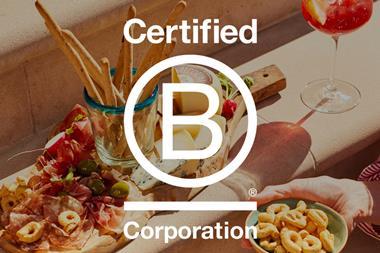
No comments yet